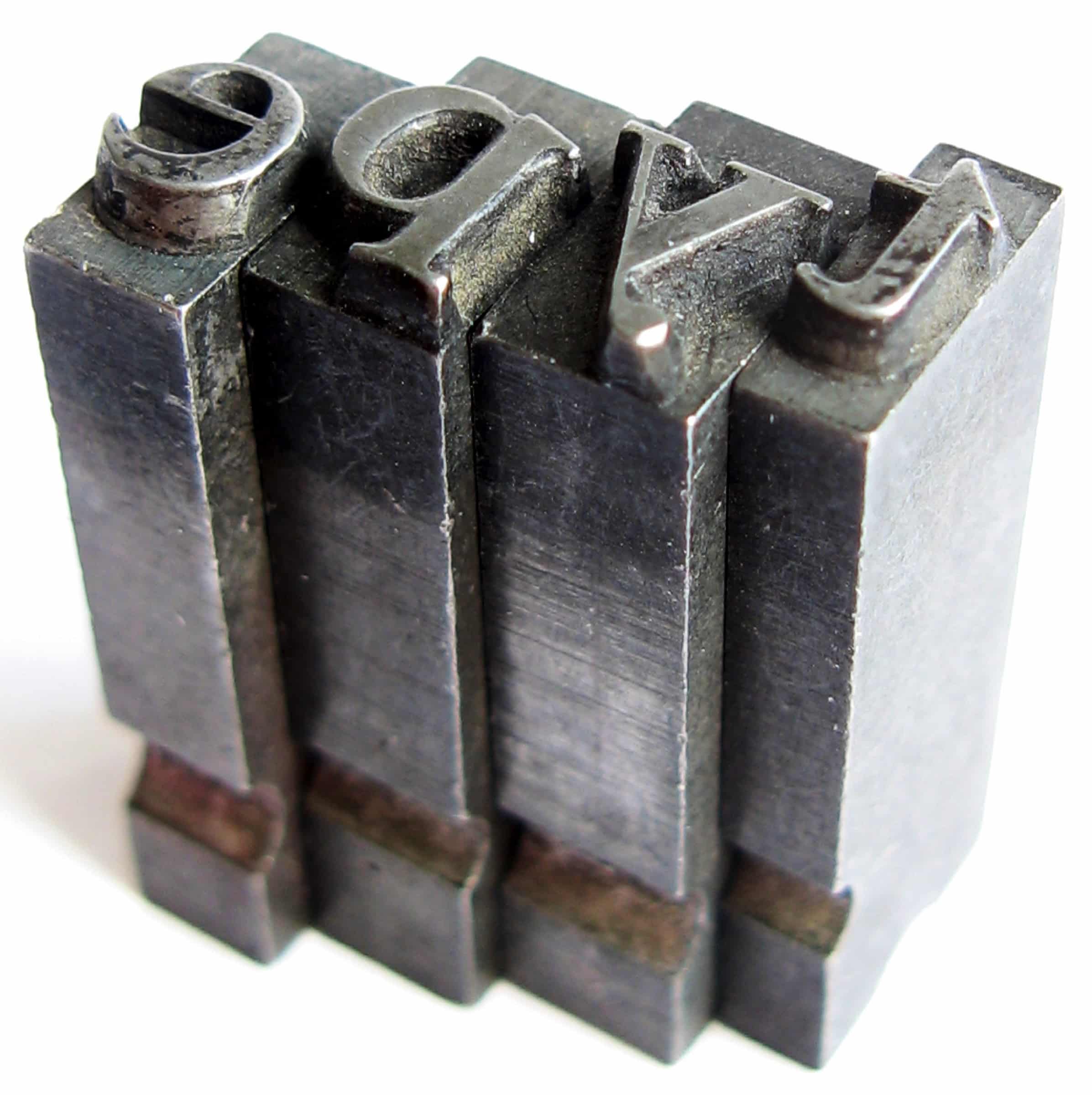It is no longer a secret or a novelty these days that it is to Johanes Gutenberg that we owe the knowledge and technique of mechanized printing in Europe. Indeed, Gutenberg is the inventor of printing on a typographic press, also called a sheet-fed press. However, this technique did not apply to fabric.
It was not until the end of the 16th century that the first printed fabrics were brought back from India by the Portuguese during their many sea voyages. commonly called the Indians. These inspired all the printers of Europe, in particular the French, who were the first to reproduce them more and more faithfully, also bringing new designs and styles.
Towards the end of 1800, calico printing, i.e. roll printing, was invented. This made it possible to print continuously on large rolls of fabric and thus considerably increase the speed and volume of printing.
But how did the digital printing that we know today begin?

The origins of modern textile printing
In the 18th century, some printers were looking for a new technique to work with new colors and developed a process using a wooden board in relief. A designer, in charge of reproducing the pattern on the fabric, will engrave this piece of wood according to the work to be done. Then, colorists recover vegetable substances to create new colors, form colored pastes with them and place them on the wooden boards previously engraved by the designer. The last step then consists of placing the wooden board on the fabric to be printed and using a mallet, to affix the pattern to the fabric.
And then, textile printing became industrialized
The first machines began to emerge thanks to Thomas Bell, which made it possible to no longer have to manually affix the pattern to the fabric. Then, during the 19th century, the first synthetic dyes appeared, which radically changed the field of textile printing. Finally, the last great revolution in textile printing will take place during the 20th century since the first prints will appear via flat frames, allowing ink to be used only in the desired places, while varnishing the rest of the tissue.
Now, thanks to M&M Graphic, a fabric sublimation printing specialist in Montreal, you can order and receive personalized clothing or promotional items in just five (5) days! Quite a “revolution”, isn’t it?
Source: https://www.daprint.fr/dou-vient-limpression-textile/